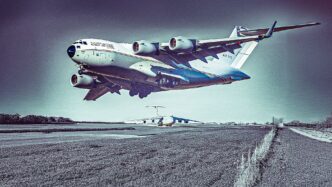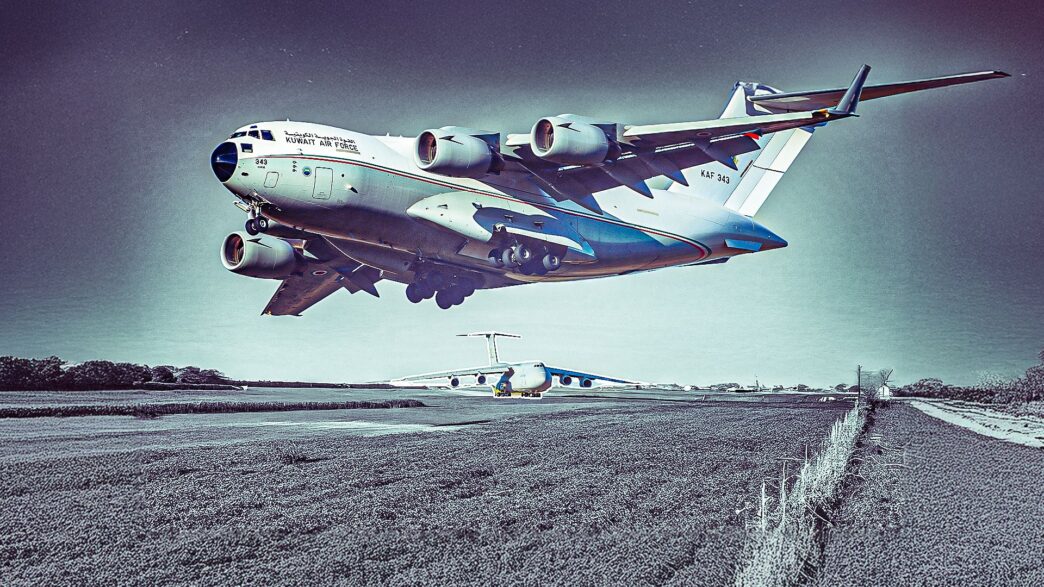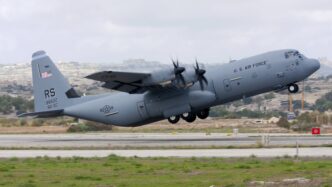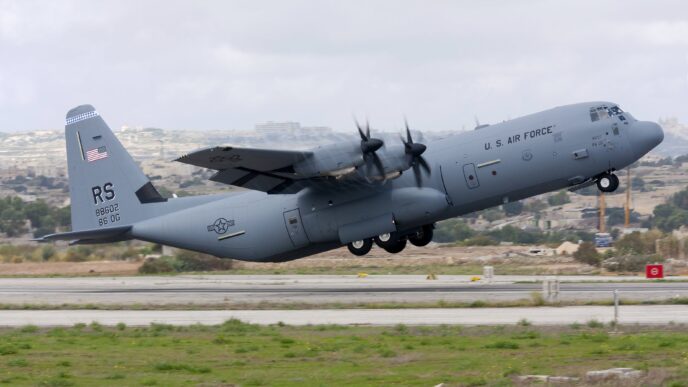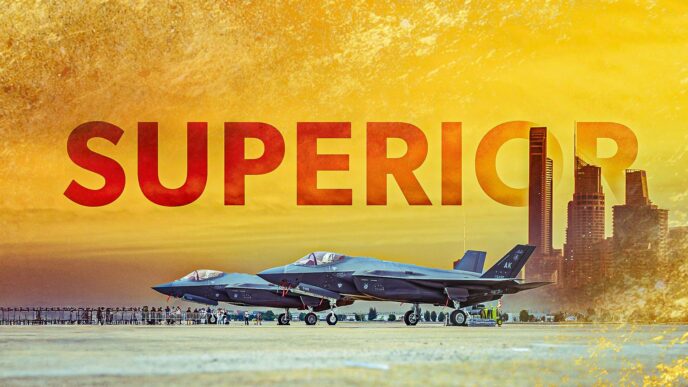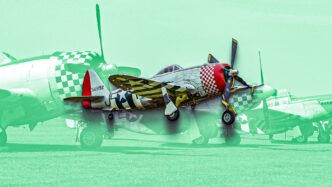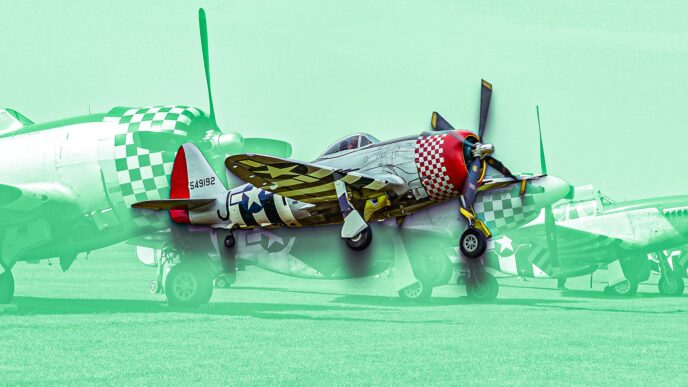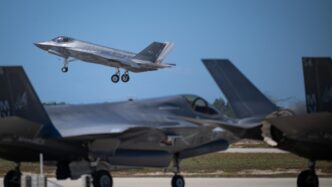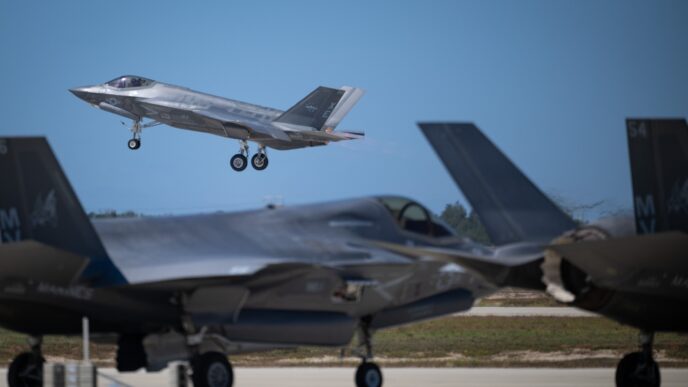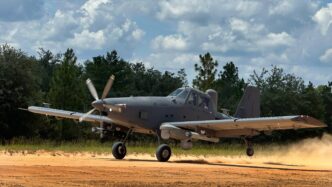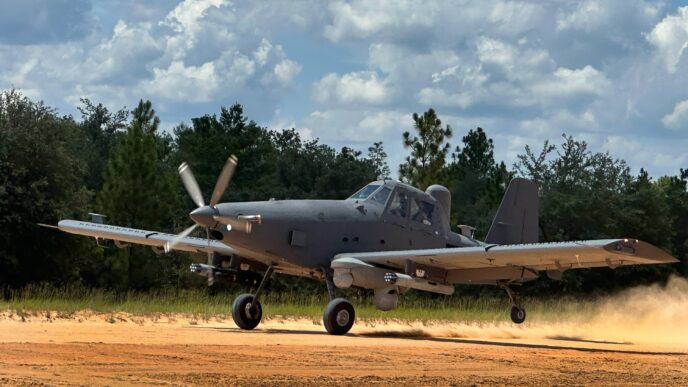The Lockheed C-5 Galaxy and Boeing C-17 Globemaster III are legendary in the world of military transport aircraft, each with its own unique strengths. These giants are designed to haul massive loads, from tanks to helicopters, across vast distances and into tough terrains. While the C-5 Galaxy was crafted during the Cold War for maximum strategic lift, the C-17 was built later with a focus on flexibility and efficiency for modern missions. Let’s dive into what sets these two apart.
When it comes to sheer size, the C-5 Galaxy takes the crown. It’s longer, has a wider wingspan, and can handle a heavier takeoff weight compared to the C-17. However, the C-17 shines in its ability to operate on shorter runways and its adaptability to various missions, making it a favorite for many day-to-day operations. The C-5, developed by Lockheed in the 1960s, was designed to transport oversized cargo like battle tanks and missile components across oceans. Meanwhile, the C-17, which came into service in the 1990s, was built to land on short, rugged runways, making it perfect for tactical missions and disaster relief efforts.
Both aircraft are crucial to global airlift operations. The C-5M Super Galaxy, an upgraded version of the original, is exclusively used by the U.S. Air Force, with about 52 in service today. The C-17, on the other hand, is known for its versatility and is widely used in various military and humanitarian missions. While the C-5 is technically larger, the C-17 often proves more versatile and practical in real-world scenarios.
#MilitaryAviation #C5Galaxy #C17Globemaster #AirForce #AviationHistory
Originally reported by Simple Flying Read More
